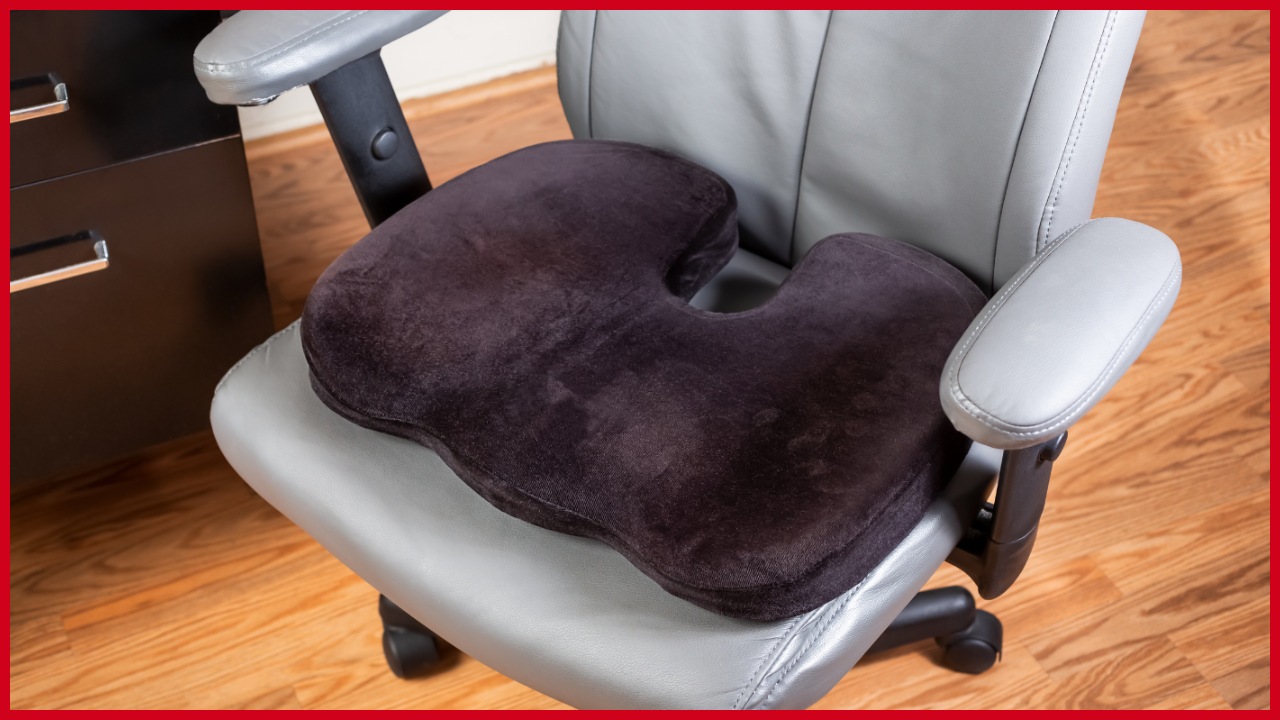Blog
Seat Cushions for Piles Patients: A Comprehensive Guide

Living with piles (hemorrhoids) can be uncomfortable, especially when sitting for extended periods. One effective way to alleviate discomfort is by using specially designed seat cushions. In this blog post, we’ll explore why these cushions are beneficial, what features to look for, and how to choose the right one for your needs.
Understanding Piles and Sitting Discomfort
Piles, or hemorrhoids, are swollen veins in the lower rectum and anus. They can cause:
- Pain and discomfort, especially when sitting
- Itching and irritation
- Bleeding during bowel movements
Sitting for long periods can exacerbate these symptoms by putting pressure on the affected area. This is where specialized seat cushions come in.
Benefits of Seat Cushions for Piles Patients
- Pressure Relief: Cushions distribute weight more evenly, reducing pressure on the anal area.
- Improved Posture: Many cushions promote better sitting posture, which can indirectly help with piles symptoms.
- Increased Comfort: Soft yet supportive materials can make sitting more bearable for longer periods.
- Better Air Circulation: Some cushions are designed to improve airflow, reducing moisture and heat build-up.
Key Features to Look for in a Seat Cushion
When shopping for a seat cushion to help with piles, consider these features:
Shape
- Donut-shaped cushions with a hole in the center to relieve direct pressure on the anal area.
- Wedge-shaped cushions to promote better posture and reduce strain.
Material
- Memory foam for personalized comfort and support.
- Gel-infused options for cooling properties.
- Inflatable cushions for adjustable firmness.
Size and Portability
- Ensure the cushion fits your chair and body type.
- Consider lightweight, portable options if you need to use it in multiple locations.
Covers
- Look for removable, washable covers for hygiene.
- Breathable fabrics can help with air circulation.
Additional Features
- Non-slip bottom to prevent sliding.
- Cooling technology for added comfort.
Top Recommendations
While specific product recommendations can change over time, here are some general types of cushions that piles patients often find helpful:
- Inflatable Donut Cushions: Easily adjustable and portable.
- Memory Foam Coccyx Cushions: Provide tailbone relief and promote good posture.
- Gel-Enhanced Foam Cushions: Offer a cool, comfortable sitting experience.
- Orthopedic Seat Cushions: Designed for overall back and posture health, which can indirectly help with piles.
How to Use a Seat Cushion Effectively
- Proper Placement: Center the cushion on your seat, ensuring any cut-outs or special features are correctly positioned.
- Gradual Introduction: Start with short periods and gradually increase usage to allow your body to adjust.
- Combine with Other Treatments: Use cushions alongside other treatments recommended by your healthcare provider.
- Maintain Hygiene: Clean the cushion regularly, especially if it has a removable cover.
When to Consult a Doctor
While seat cushions can provide relief, they are not a cure for piles. Consult a healthcare professional if you experience:
- Persistent pain or discomfort
- Bleeding
- Changes in bowel habits
- Any new or worsening symptoms
Conclusion
Seat cushions can be a valuable tool for managing the discomfort associated with piles. By choosing the right cushion and using it correctly, you can significantly improve your comfort while sitting. Remember, while these cushions can provide relief, they should be part of a comprehensive approach to managing piles, which may include dietary changes, medication, and in some cases, medical procedures.
Always consult with a healthcare professional for personalized advice on managing piles and incorporating seat cushions into your treatment plan.
